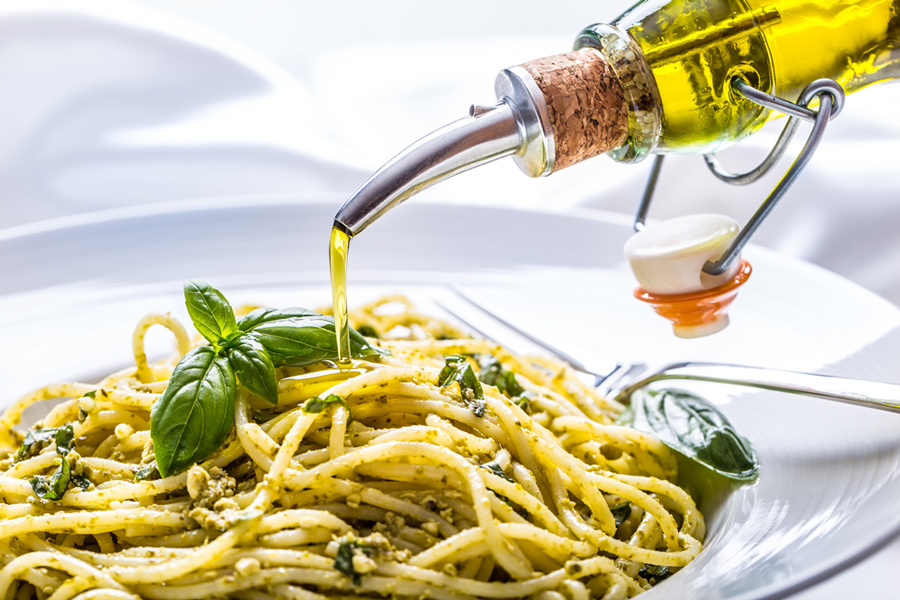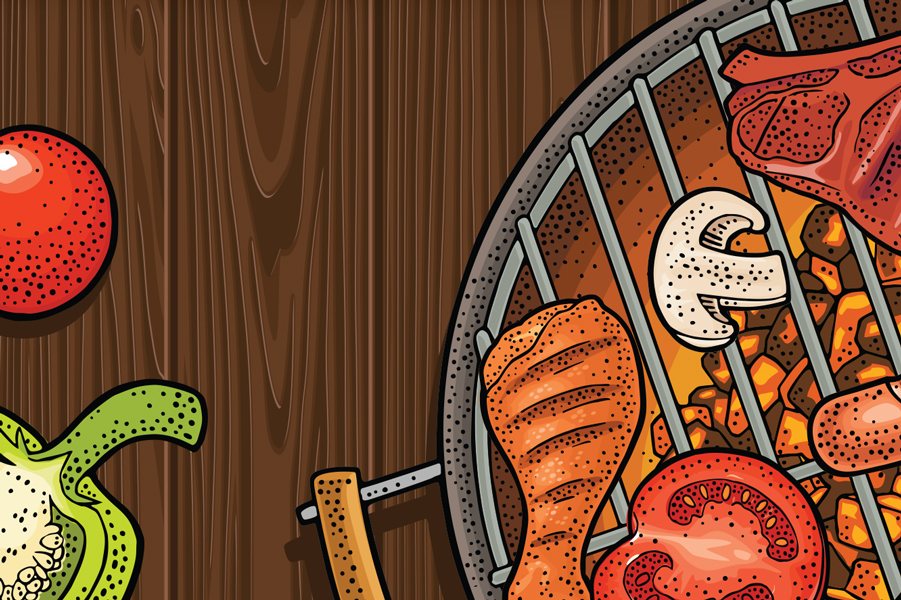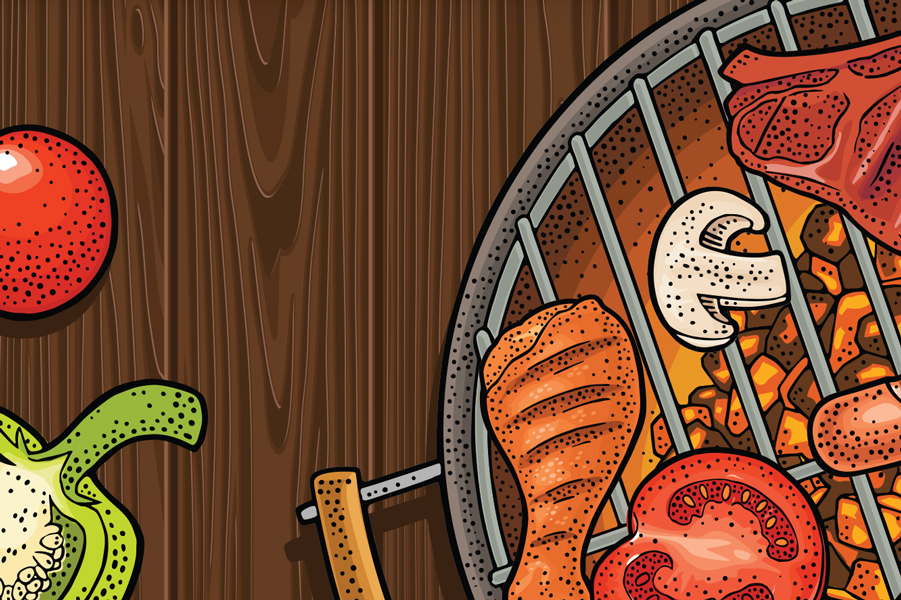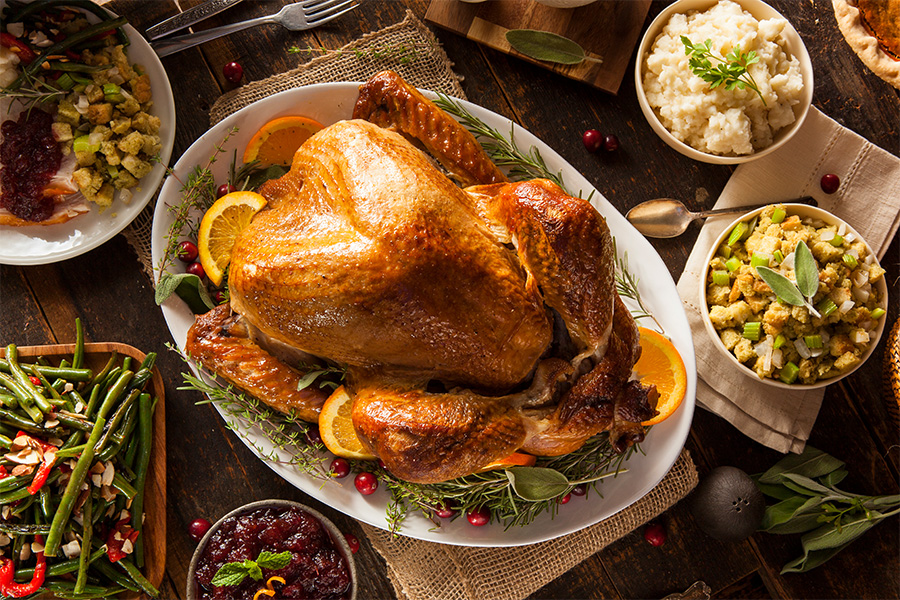Handling and Preparing
-

Pregnancy is a time of change, and moms-to-be have a lot to think about, for themselves and for their babies. Food safety and preventing foodborne illness (sickness caused by contaminated foods) is very important during this time. There are four easy steps that pregnant women and their families can take to protect themselves and their babies and prevent foodborne illness.
Sarah Henes
|
-

Making homemade infused cooking oils comes with food safety risks, particularly for those infused with garlic and herbs. Infused oils can enhance flavor and food presentation, but the combination of oil, garlic, and herbs creates an anaerobic (low-oxygen) environment, which is ideal for the growth of the bacteria that causes botulism, which can produce a deadly neurotoxin. The publication provides essential safety tips, such as sterilizing containers and thoroughly washing and drying ingredients, to prevent contamination and ensure safe oil infusion. By following these guidelines, home food preservers can create flavorful infused oils without compromising safety.
Carla Luisa Schwan
|
-

Whether you are a seasoned griller or a beginner, this guide has you covered with the top 10 tips for a safe and delicious experience. Learn how to prevent foodborne illnesses, reduce food waste, and enhance your outdoor cooking experiences. This publication will show you how to keep your friends and family safe, promote sustainability, and ensure a worry-free and enjoyable time while grilling and chilling outdoors. Happy grilling!
Carla Luisa Schwan, Ines Beltran, and Kris Ingmundson
|
-

Garantice la seguridad alimentaria durante sus aventuras culinarias al aire libre este verano. Ya sea que sea un asador experimentado o un principiante, esta guía lo cubre con los 10 mejores consejos para una experiencia segura y deliciosa. Desde planificar su menú y comprar ingredientes frescos hasta manipular, cocinar, servir y manejar las sobras, la publicación brinda orientación paso a paso. Aprenda cómo prevenir enfermedades transmitidas por los alimentos, reducir el desperdicio de alimentos y mejorar sus experiencias de cocina al aire libre. Esta publicación le mostrará cómo mantener seguros a sus amigos y familiares, promover la sostenibilidad y garantizar un momento agradable y sin preocupaciones mientras hace parrilladas y se relaja al aire libre. ¡Feliz parrillada! [Spanish-language version of C 1309 Grill & Chill]
Carla Luisa Schwan, Ines Beltran, and Kris Ingmundson
|
-

Do you want to learn more about brewing kombucha at home? Learn about the historical roots of this fermented tea beverage and explore its global popularity, driven by perceived health benefits. Food safety is crucial in homebrewing, and we provide guidelines on equipment selection, hygiene practices, and acidity monitoring to prevent contamination. We also cover regulatory considerations regarding alcohol content, providing insights into safe consumption levels for different individuals. Whether you are a seasoned kombucha enthusiast or a novice, this publication is your gateway to a holistic understanding of the beverage’s origins, health aspects, and essential practices for safe and enjoyable brewing.
Rebecca C. Ackah, Carla Luisa Schwan, and Kris Ingmundson
|
-

C 1312-SP
¿Qué se dice sobre la Kombucha casera?
Do you want to learn more about brewing kombucha at home? Learn about the historical roots of this fermented tea beverage and explore its global popularity, driven by perceived health benefits. Food safety is crucial in homebrewing, and we provide guidelines on equipment selection, hygiene practices, and acidity monitoring to prevent contamination. We also cover regulatory considerations regarding alcohol content, providing insights into safe consumption levels for different individuals. Whether you are a seasoned kombucha enthusiast or a novice, this publication is your gateway to a holistic understanding of the beverage’s origins, health aspects, and essential practices for safe and enjoyable brewing.
Rebecca C. Ackah, Carla Luisa Schwan, and Kris Ingmundson
|
-

As a part of a packinghouse environmental monitoring program, adenosine triphosphate (ATP), protein, and allergen swabbing is used to ensure that packinghouse equipment and surfaces have been properly cleaned and prepared for sanitation. ATP, protein, and allergen swabbing is frequently incorporated to complement microbial swabbing practices or as an independent program. These swab types indicate the presence of soils and residues on equipment, determining the effectiveness of the cleaning portion of a sanitation program. Sample results can be read in minutes, unlike microbial swabs, which take days. For this reason, ATP, protein, and allergen swabs are used immediately after cleaning to rapidly confirm that cleaning procedures were thorough. Operations then sanitize and collect microbial swabs to verify the effectiveness of the sanitation process.
Laurel Dunn
|
-

Read about safe thawing, cooking, and storing a turkey, including current estimates of the time needed for safe thawing and cooking. Because bacteria can multiply rapidly at room temperature, never defrost a turkey on the counter! The cold water and microwave methods may be used when you don’t have time to thaw your turkey in the refrigerator. Whole poultry is safe when the meat is cooked to a minimum internal temperature of 165 °F as measured with a food thermometer. All turkey meat, including any that remains pink, is safe to eat as long as all parts reach at least 165 °F.
Carla Luisa Schwan
|
-

Under the Food Safety Modernization Act’s Produce Safety Rule, produce operations are mandated to provide training to their workers on the safe handling of produce in fields and in packing operations. Currently, there are few, if any, materials available for these operations to use. As we have conducted Produce Safety Alliance Grower Training across Georgia and throughout other areas, we have been requested to develop these much-needed materials. These materials provide food safety information, consistent with the Produce Safety Rule, for training workers on produce farms and/or farmer/growers of fresh produce and can also be used with low literacy audiences and Spanish speaking audiences as well.
Judy A. Harrison, Mark A. Harrison, Ines Beltran, Laurel Dunn, and Carla Luisa Schwan
|